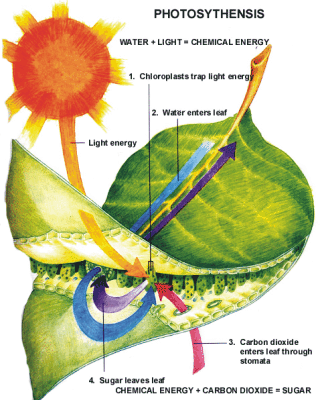Why is Zeogrow so effective?
With previous studies and numerous field tests we are only recently coming to the understanding of how Zeogrow actually works so well within the plant and the effects it has on the plants physiological processes.
It is without any doubt the application of Zeogrow is changing and intensifying these processes within the plant, resulting in greater health and vitality which means a greater resistance to all adverse and harmful environmental effects.
Based on many years of research and experiments scientists have discovered that Zeogrow operates through the leaves and surfaces of other green organs (e.g. the stem). Immediately after treatment of the plant, micronized particles of Zeogrow are involved in the construction of cells, particularly of cell membranes, and then nuclei and other cellular components. At the same time Zeogrow has an intensive impact on many physiological processes including photosynthesis, primary metabolism, complex metabolic and cytological processes that occur in the plant starting from germination to ripening of the fruit.
Particles of calcium carbonate (CaCO3) penetrating through the pores (stoma) into the leaves and decompose Into Calcium oxide (CaO) and Carbon dioxide (CO2). This added Carbon dioxide immediately intensifies the process of photosynthesis. With the help of sunlight, water and carbon dioxide, sugar is created as the first organic compound. Since the intensity of photosynthesis depends mostly on the availability of light and the concentration of CO2, Zeogrow provides the plant with plenty of CO2 and thus actively increases and accelerates the process of photosynthesis. Afterward, other components of Zeogrow involve (primarily calcium oxide), support and intensify primary and secondary metabolic processes and all other physiological processes in the plant.



